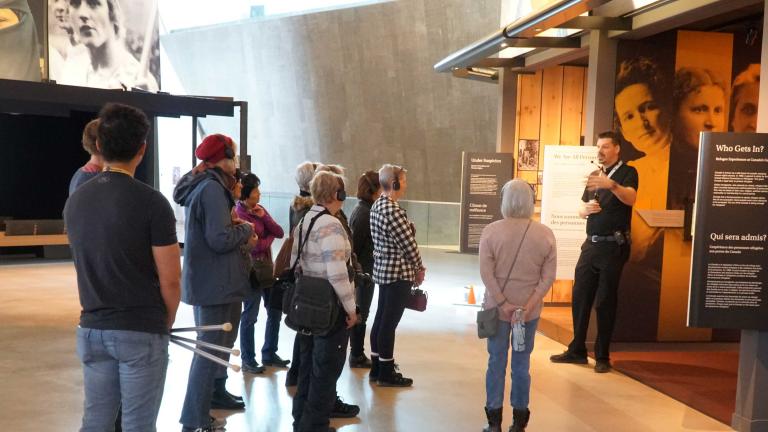If I were alive in Canada before 1929, I would not have been considered a person.
“Persons” under the British North America Act referred only to men. In fact, a group of five women had to take this fight to the highest courts in the land before they finally achieved recognition as persons.
